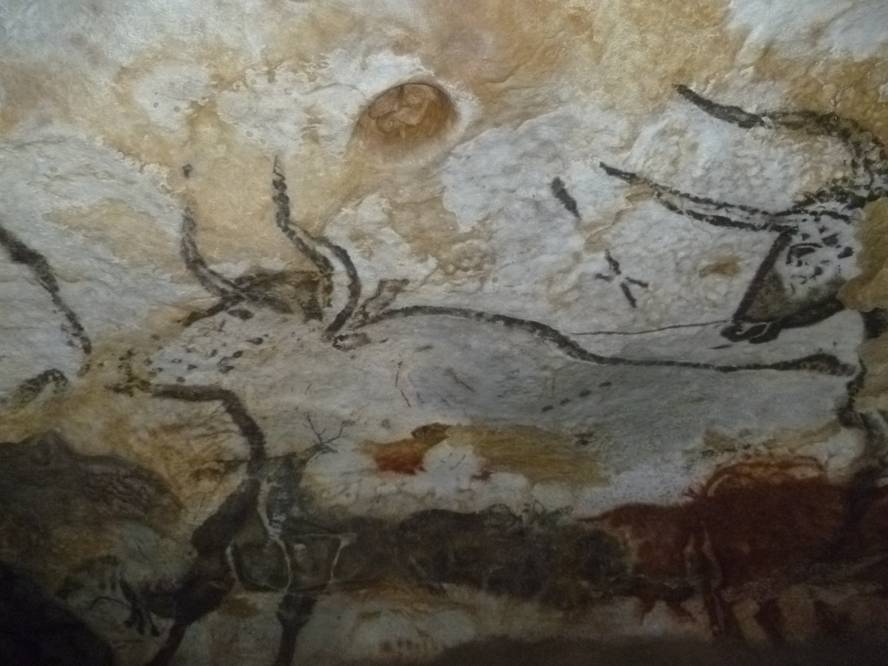They suggest that the non-figurative signs of the Upper Paleolithic were part of a calendar.

A group of researchers (including those from the University of London and Durham) have tried to decode the most common non-figurative signs appearing in the paintings and engravings of the Upper Paleolithic, concluding that these signs were part of a pheno-meteorological calendar. What's more, according to researchers, they're indications of prototyping. Further research will be needed to corroborate the hypothesis, but they hope that more aspects of this data system will be clarified, and thus better understand the life and nature of men of the time.
42000 years ago, in hundreds of European caves, humans drew and recorded non-figurative images. Some 37000 years ago, on the other hand, figurative images, especially animals, began to be produced. Although animals are easily recognizable, scientists do not know what their meaning is, nor the non-figurative signs accompanying or adjacent to them. Now they propose that the three most common signs — line, point and Y — functioned as a communicative unit.
To reach this conclusion, the image databases of the Paleolithic have been examined, identifying 606 images, containing sequences of adjacent points or lines. They observe that 256 of them show the sign Y on sequences. The following is an analysis of whether these signs are statistically related to information that might be relevant to men of the time, such as the reproductive cycle of animals, hunters.
Thus, they have concluded that the sequences of “marra” and{\} coincide with a lunar calendar beginning in spring. According to this, the points indicated a month: the three points on a urch meant that the time of coverage of them occurred three months after the beginning of the spring. Sign Y on the sequence indicated the date of delivery. That is, it was a phenomenological calendar that explained and maintained the relationship between the weather cycles and the reproductive cycle of the animals.
Researchers have pointed out that this system of operation was used in very large areas of Europe and at least in 10000 years, proposing that it was a draft script that served to transmit valuable information to the next generations. Other archaeologists who have not participated in the study affirm that it has not yet been demonstrated that these signs did not have a different meaning, for example, have warned that Ceno Y can be an indicator of a morphological characteristic. In addition, they have only analyzed the meaning of three signs. But if you claim it's a proto script, it means that ancient men were able to create and deploy such a system before what was thought.





